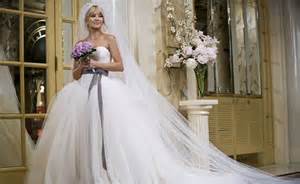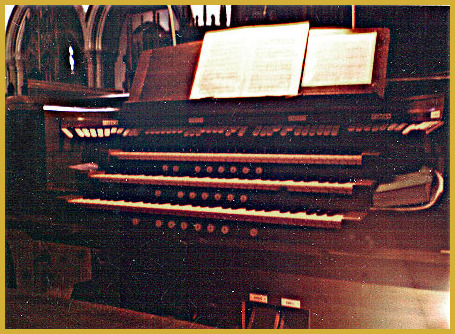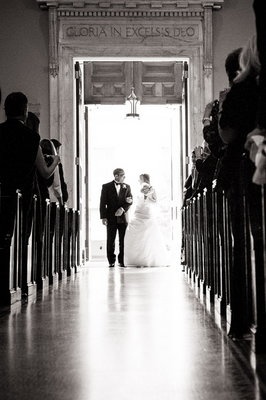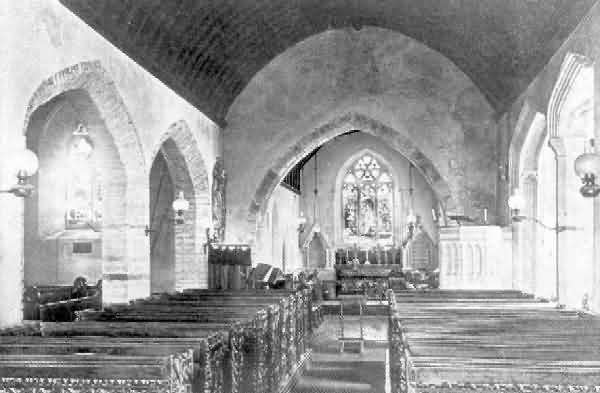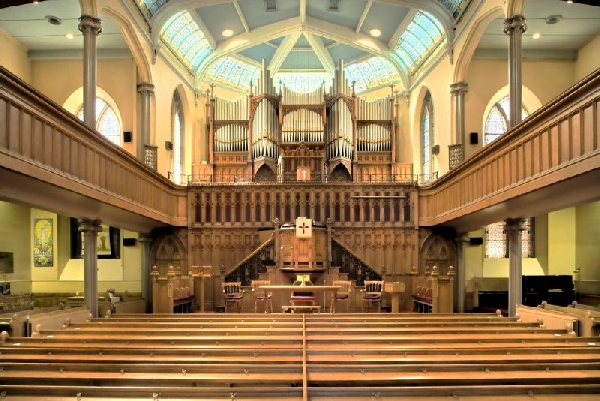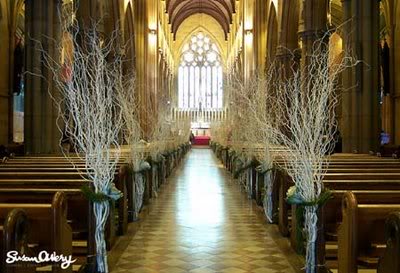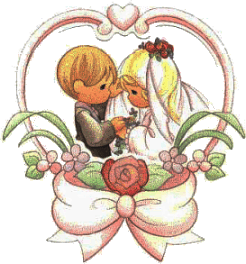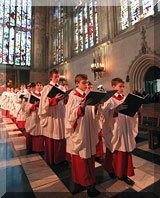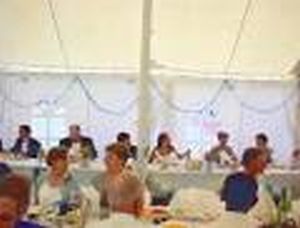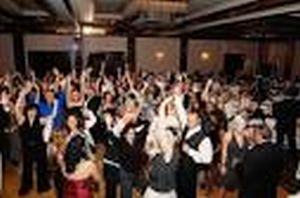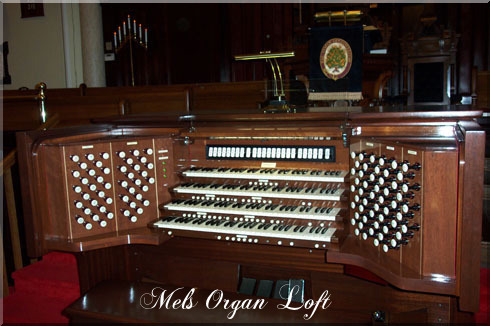The choosing of
the piece, however, will by governed by the tonal
dimensionality of the instrument and, of course, the
performing ability of the organist of the church.
THE ENTRY
Ideally the
bride should process in with a hesitant walk –
counting left 2 3, right 2 3, left 2 3, right 2 3,
etc. or left 2, right 2 for music which has 2 or 4
beats in each bar. In this way she appears
to float down the aisle. Remember on her
wedding day she is, if only on this one occasion
in her life, a princess – mystical yet
regal. Make the most of it! Too many
brides walk, march, often clump and plod down the
aisle. Avoid this at all costs!
The other reason one should
take a slow dignified pace is that most
Presbyterian churches and a number of Anglican
churches are fairly small architecturally with a
short aisle. If one rushes up such an aisle,
the poor organist barely has time to play about 16
bars and has to find a quick way to come to a
halt. This is not aesthetically
desirable.
When playing a bride down a
short aisle as in the picture below, it may be
advisable for the bride to allow about 16 bars of
music to be played before setting off down
the aisle. The arrangement of the bridal
party at the chancel steps with the transfer of
bouquet from bride to bridesmaid etc. will allow
for a number of concluding bars to be executed.
|
